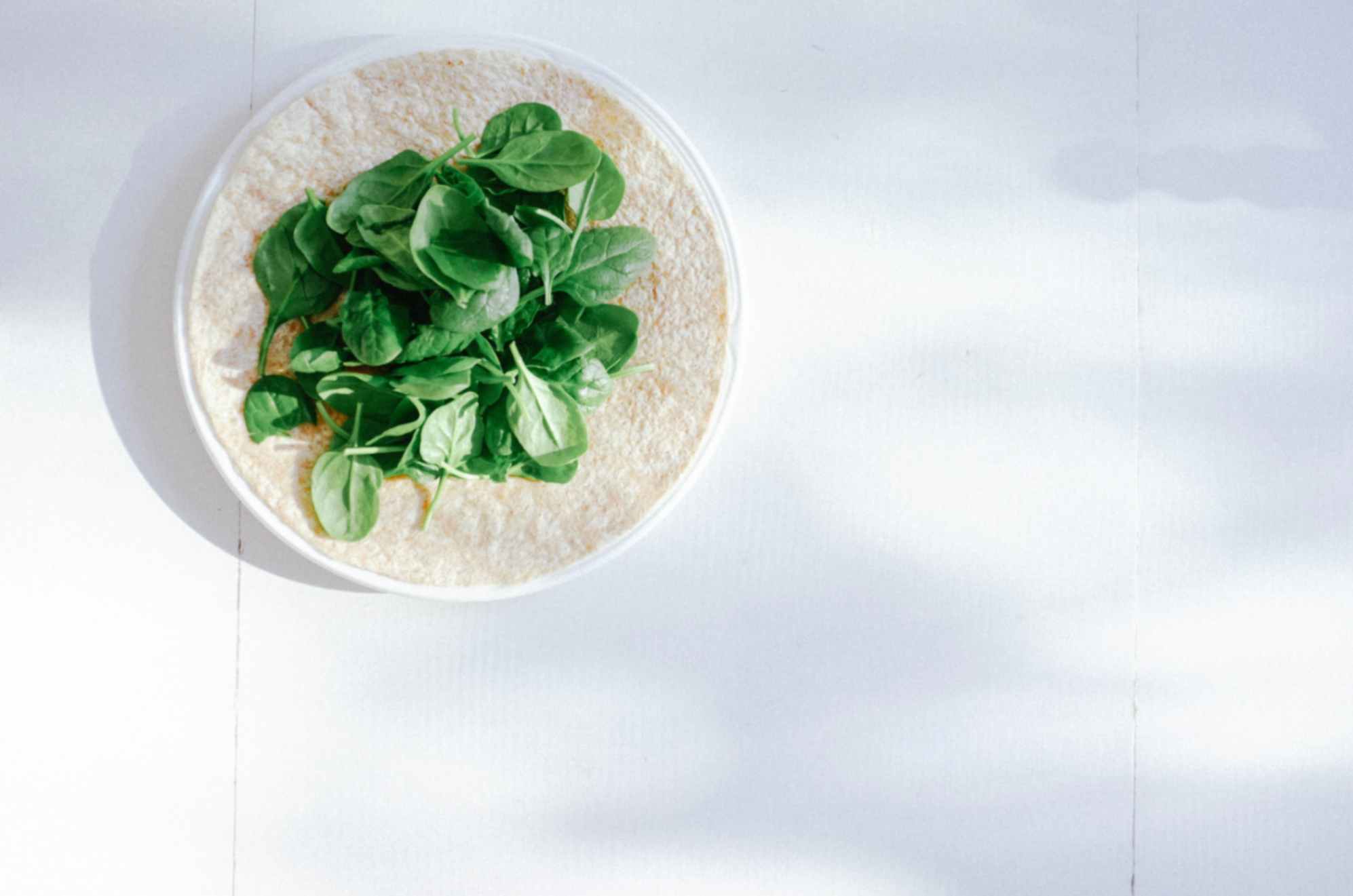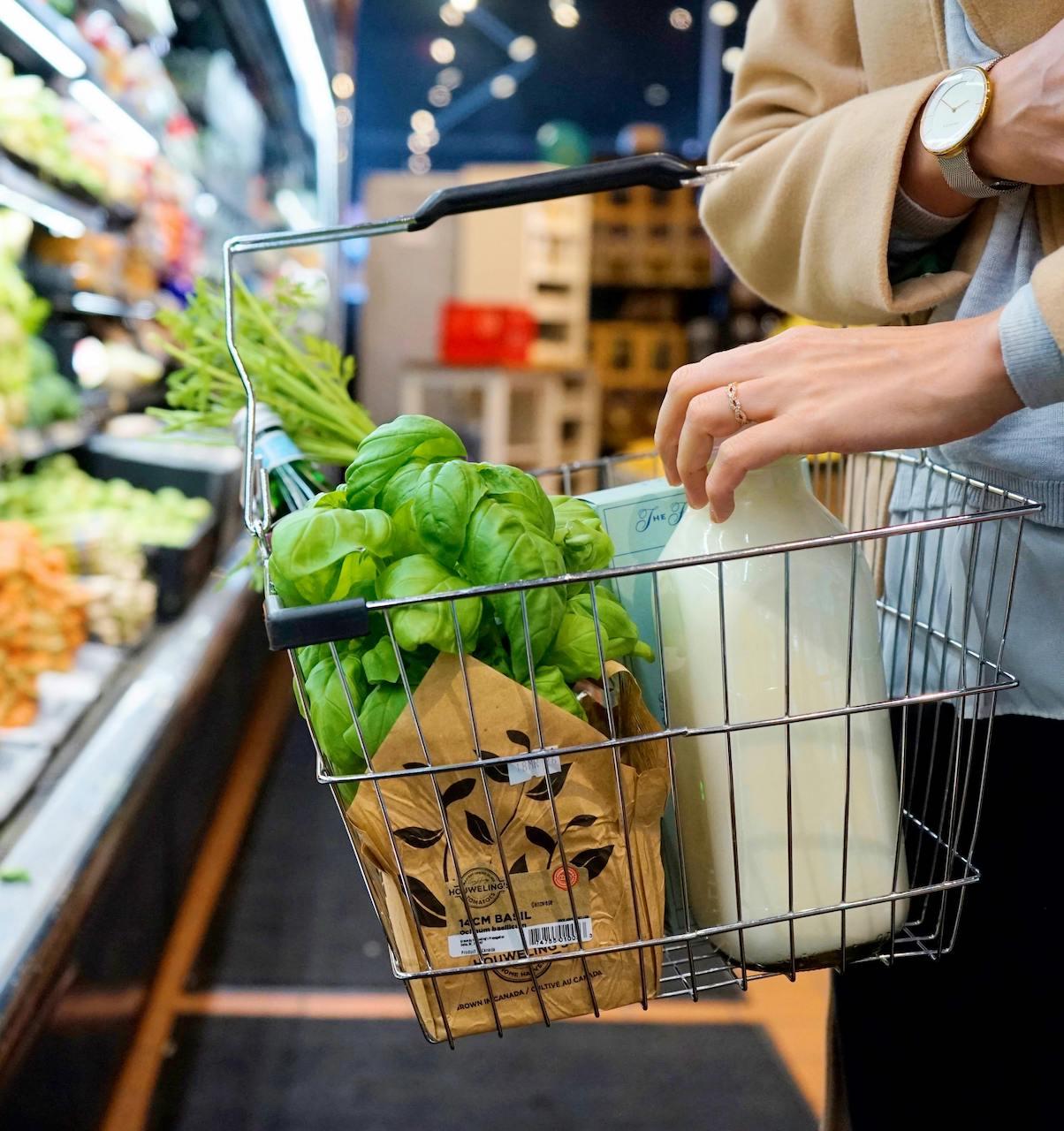In our fast-paced lives, it’s easy to overlook the importance of essential nutrients in our diets, and one crucial nutrient that often goes unnoticed is iron. Despite its significance, iron deficiency remains a widespread public health concern, affecting 10 million people in the county. Understanding the role of iron in our bodies and recognizing the signs of deficiency is essential for maintaining optimal health throughout the lifespan. In this article, we will explore the importance of iron, risk factors of iron deficiency and practical ways to incorporate iron-rich foods into your daily eating routine.
The Ultimate Iron Supplement Guide and Why It Matters
Iron is a mineral that contributes to many important processes of daily life. In the body, iron is stored in the form of a protein, called ferritin. When needed, ferritin releases iron, which is transported to our bone marrow by another protein, called transferrin. In the bone marrow, iron is used to create a red blood cell protein called hemoglobin.
As a component of hemoglobin, iron is an important component of our red blood cells, and helps to deliver oxygen to our organs and tissues. As a result, iron contributes to energy production; iron also contributes to many other metabolic processes, including DNA production. Iron is very essential for hormone health as it supports thyroid function, adrenal gland activity, reproductive hormones, neurotransmitter regulation, and immune system function.
Iron cannot be made in the body, and therefore, must be consumed through the foods we eat. There are two types of iron found in food: heme, and non-heme iron. Heme iron comes from animal sources, such as meat, poultry and seafood. Non-heme iron comes from plant sources, such as dark leafy greens, beans, lentils, whole grains, and foods fortified with iron.
Both forms of iron are important and beneficial; however, they do not behave the same way in the body. As it turns out, the body absorbs heme iron more efficiently than non-heme iron. But not to worry if you are vegetarian or vegan, there are many ways to increase iron absorption from non-heme sources as well.
Are You Iron Deficient?
Iron deficiency can occur if someone does not have enough iron stored in their body. In other words, you may be iron deficient if you do not have enough ferritin. Iron deficiency may also occur if you have altered levels of transferrin.
Although you must have a blood test to confirm and diagnose an iron deficiency, common signs and symptoms of iron deficiency include the following:
- Fatigue
- Hair loss
- Canker sores
- Ridging on fingernails
- Pale appearance
- Pain in tongue and mouth
If you have no underlying conditions, diet (and in some cases supplements) can typically resolve iron deficiency. However, unresolved iron deficiency can result in further complications. In either case, if you are experiencing any of these symptoms, we recommend you visit a doctor for a physical assessment and blood test. We also recommend you visit a registered dietitian to discuss supplement options and to provide guidance on your diet.
Iron Deficiency Anemia
Unresolved iron deficiency may result in iron deficiency anemia. As we know, iron helps transport oxygen to the body’s cells; however, in the case of anemia, inadequate iron prevents oxygen from reaching our cells.
As with iron deficiency, you must have a blood test to diagnose iron deficiency anemia. However, in addition to the symptoms above, the following may also be signs of iron deficiency anemia:
- Weakness
- Chest pain
- Headaches
- Cold extremities
- Weak fingernails and hair
- Loss of appetite
- Exercise intolerance
- Weight loss (if you have additional health conditions)
- Difficulty losing weight
Additionally, certain populations may be more susceptible to iron deficiency anemia, as a result of their lifestyle and/or genetics. For example, many Indian women who follow a vegetarian diet are at increased risk for developing iron deficiency anemia due to blood loss that occurs during menstruation, while traditional Indian diets may lack a consistent inclusion of sufficient iron-rich foods. Further, some populations may be genetically predisposed to iron deficiency, and may actually have trouble absorbing iron, even in supplement form.
However, similar to iron deficiency, if no other underlying conditions exist, most people can manage iron deficiency anemia through diet (and in some cases supplements). But again, if not managed, serious health complications can result. For example, iron deficiency anemia can impact thyroid function in some people, and may even lead to a misdiagnosis of hypothyroidism.
Therefore, if you are experiencing any of these symptoms, we recommend you visit a doctor for a physical assessment and blood test. We also recommend you visit a registered dietitian to discuss supplementation options.
Risk Factors of Iron Deficiency
The recommended dietary allowance (RDA) for iron varies by age and gender, and depends on whether a woman is pregnant or lactating. However, it is generally recommended that males aged 19-50 consume 8 mg/day of dietary iron, and that women of the same age consume 18 mg/day of dietary iron. While iron deficiency and iron deficiency anemia are fairly rare in the general US population, especially among men, iron deficiency anemia affects nearly 10% of menstruating women, and 9% of children aged 1-3 years old.
Common risk factors for iron deficiency include the following
- Menstruation
- Pregnancy
- Inflammatory bowel disease
- GI ulcers
- Some cancers
Therefore, if you fit into one of these categories, and are experiencing any of the symptoms discussed above, it is especially important that you visit a doctor for proper testing, diagnosis, and treatment. You should also discuss supplementation options with a registered dietitian.
How to Add Iron to Your Diet
So by now, we know the basics, iron is necessary to transport oxygen to our body’s cells and tissues, among other things. Our body doesn’t produce iron, so we must consume it through food to prevent iron deficiency and its associated complications.
We also know there are two types of iron: heme and non-heme. To review, heme iron comes from animal sources, such as meat, poultry and seafood while non-heme iron comes from plant sources, such as dark leafy greens, beans, lentils, whole grains, and foods fortified with iron.
As mentioned, the body more readily absorbs heme iron compared with non-heme iron. Therefore, if possible, we recommend consuming adequate meat, poultry and seafood as part of a balanced diet. However, if you follow a vegan or vegetarian diet, there are many ways to increase iron absorption from non-heme iron. In particular, it is well established that consuming vitamin C along with non-heme iron can increase absorption of nonheme iron in the body.
You can do this by squeezing lemon over your dark leafy greens, or adding tomatoes and bell peppers to your grain based meals! Keep in mind that just like anything else, you can consume too much iron. For this reason, we recommend you stick to the current RDA when increasing your iron intake. You can find the appropriate RDA for your age and gender.
Looking for Other Ways to Boost Your Iron Intake?
Iron supplements, recommended by a doctor or dietitian, effectively increase iron levels, but caution is necessary to avoid excessive intake. Cooking with cast iron cookware can also add trace amounts of iron to acidic or liquid-based dishes, supporting iron intake, though moderation is key. Always seek professional guidance for safe and appropriate iron supplementation.
What’s the Bottom Line on Iron Deficiency?
Iron is a crucial nutrient for overall health, and addressing iron deficiency is vital to avoid potential complications. Seeking guidance from a doctor for blood tests and a registered dietitian for dietary advice can effectively address iron deficiency. Incorporating iron-rich foods into your diet and taking supplements as needed can help maintain healthy iron levels. However, it’s important to be cautious with iron supplements to avoid excessive intake and potential adverse effects. If you’re looking to support your iron levels and improve your diet, consider working with a Culina Health dietitian for personalized guidance and support.






